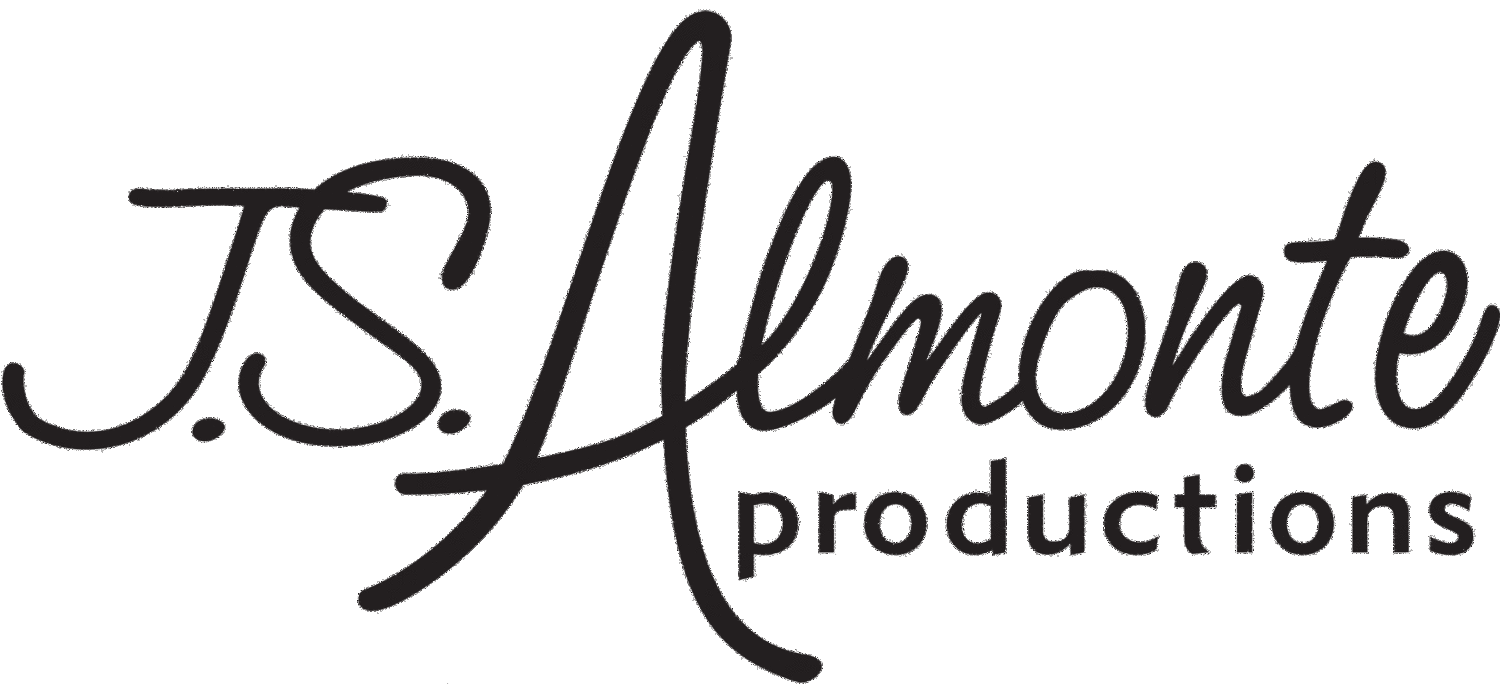The combination of those trends mentioned in the previous posts contributed to the development of certain dance habits in Lindy Hoppers that were collectively called “Modern Savoy Lindy” or “Groove Lindy.” By some accounts, dancing like this already existed in some scenes such as Chicago and San Francisco. Some of this can be also be attributed to the influence of was being seen of WCS performers at crossover events. However, the buzz from the Minnies’ Moochers performance provided the spark for its nationwide popularity.[1]
AIR Pt. 5: Music makes the people come together . . .
As noted previously, the choice of the song “Love Me or Leave Me” by the Moochers was a drastic departure from the kind of music that was typically used for routines and social dancing at the time. In the three years after the Minnie’s Moochers’ routine, the community (with some exceptions) embraced slower, post WWII swinging jazz. Posting on a thread on SwingTalk.com noted Lindy Hop DJ Jessie Miner, described it in this manner:
AIR Pt. 4: Unintended Consequences
Minnie’s Moochers both exemplified and popularized various trends in the Lindy Hop community at that time. Those related to the music, the events, and the dance itself. These trends fueled each other through the late 90’s and early 00’s at a time when the modern national Lindy Hop community was coming together and bringing in large number of new dancers because of the increased popularity of Swing around the country. As a result, the community was absorbing ideas at the same time that it was coalescing, and was struggling to reconcile these ideas with what was passed to them from those who came before.
AIR Pt. 3: Birth of The Groove
The “Love Me Or Leave Me Routine” by Minnie’s’ Moochers was probably the first significant routine of the modern era for a few reasons. First was the venue: the 1999 American Lindy Hop Championships. This was a time when there were still very few exclusively Lindy Hop events, and ALHC (only the second year of the event) attracted the attention of the bulk of the dancers in the community whether or not they attended. More after the jump
Artistry In Rhythm Pt. 2: Battle Royale
The first serious public discussion about the dance itself is also probably the community’s most infamous. That would be the debate triggered by Ryan Francois’s opposition to the 1999 World Lindy Hop Championships.
It was the first world championship held in America, held at the height of the dance’s revival, and its possible significance escaped no one. The controversy was over the fact that the championship was operating under the umbrella of the World Rock & Roll Confederation and the perception that they would impose strict regulations upon the contest that would negatively impact the dance and its community. [1]
Artistry In Rhythm Pt. 1: Introduction
I hope to illustrate not only Lindy Hop’s value as artistic expression, but also its value as a way of promoting dialog and creative growth within the community.
Foreword for "Artistry In Rhythm": Why write a 70 page paper about the modern Lindy Hop community?
I was going to list and talk about some of my favorite Lindy Hop routines from over the years, but then I ended up focusing two routines that had a profound effect on the development of our community: Minnies’ Moochers “Love Me or Leave Me” routine and Mad Dog’s “Well Git It!”
